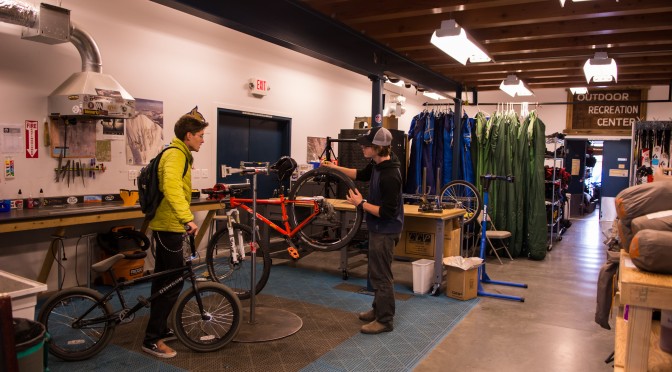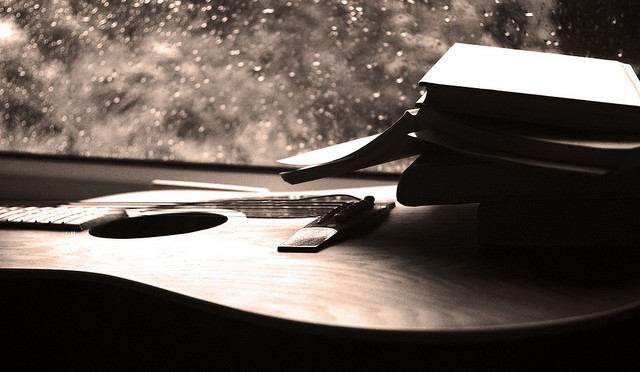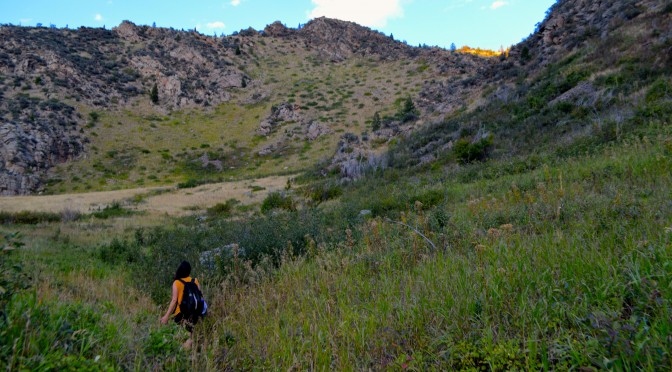The importance of taking time.
by Corey Hockett
As we move further into the 21st century, distractions historically deemed outrageous, are now becoming the norm. It is custom to check Facebook every 15 minutes, watch Netflix on the daily, and not leave without a phone charger. Rapid interruptions are now routine. News outlets are altering the way they publish information due to shortened human attention spans. Sensory bombardment is higher than it’s ever been and it’s changing the way we live.
Time management isn’t easy, especially in college. Juggling schedules, meeting deadlines, figuring out when and where to eat — where does it all fit? Assignments pile up and dates arrive faster than expected. And with the increase in tempo, stress levels elevate as well.
Thus, I propose a challenge: ten minutes a day. This year and here forward, devote ten minutes a day, everyday, entirely to yourself. And I don’t mean brush aside homework so you can burn one and play Pokémon Go. Forget the vibrating rectangle in your pocket. Free yourself of screen, social circles, and work. You’ll be surprised what it offers. You may become inspired or remember something you forgot. Modern day has taught us to switch our brains every few seconds, so ten minutes without disruption may seem like an eternity. But it’s not long at all.
The other day I was run down. My workload from three different jobs was overwhelming and I had family issues to deal with. I couldn’t focus and my mind told me there wasn’t enough time to get everything done. But after work, I went straight to one of my favorite spots on the Gallatin. I didn’t walk half-a-mile before I was out-of-sight of all human activity and when I found a good area, I sat facing the river against a blown down tree. I watched and listened, and within five minutes, everything was clear. Suddenly, my schedule didn’t seem that packed and my issues weren’t as big as I initially made them out to be — everything was fine. But what had changed? In the literal sense, nothing, but in my outlook, everything. I eased off the gas for a mere moment and that was all it took for my perspective to relax.
Ten minutes. Twitter, Instagram, and Snapchat will be there when you’re done, but for those ten minutes, simplify. Instead of dedicating unnecessary concern to a frenzied world of cyberspace, let nature play in front of you. Give yourself a chance to have a thought you otherwise wouldn’t, or don’t think at all. Focus on the elements we so often take for granted — the westward wind, a chirping chickadee, your own heartbeat.
I’ve since been back to that spot on the Gallatin multiple times, each occasion erasing my stresses. But it doesn’t have to be a river, it can be as easy as laying on a field outside your dorm room, whatever works for you, just take the time.
Everyday traffic isn’t going to slow down and social realms will forever be easy to join. Filter your sensory and remember what’s important. Don’t forget to step back once-in-a-while. If you want to find yourself, you’ve got to hang out with yourself. Take ten. You’ll thank yourself down the line.

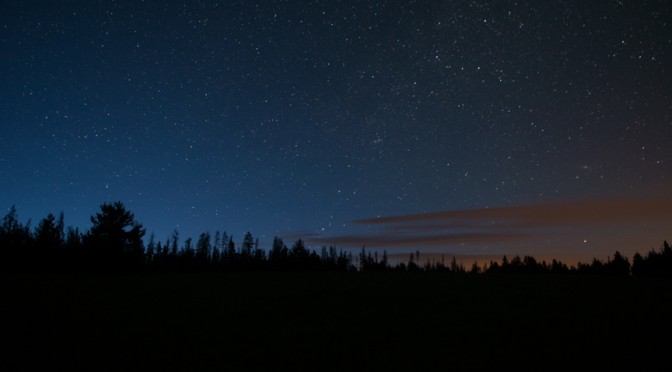



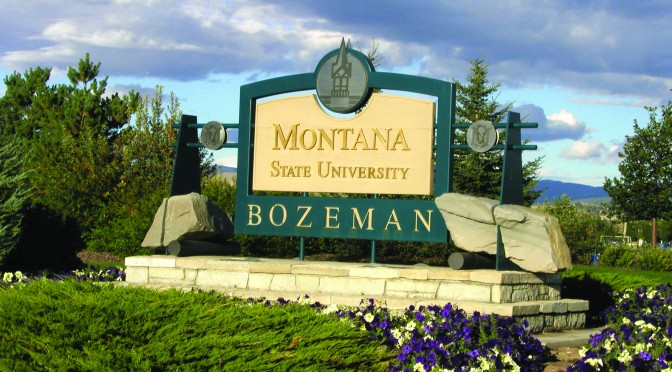



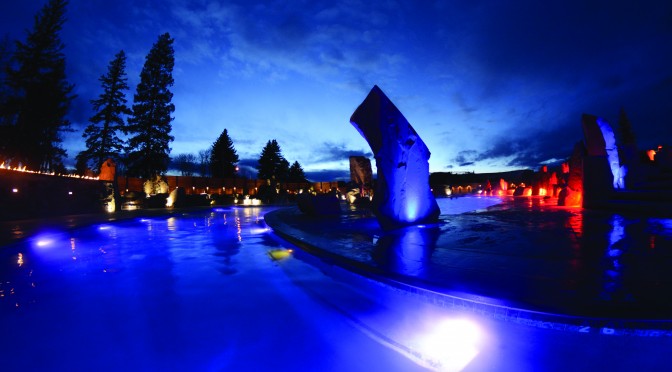




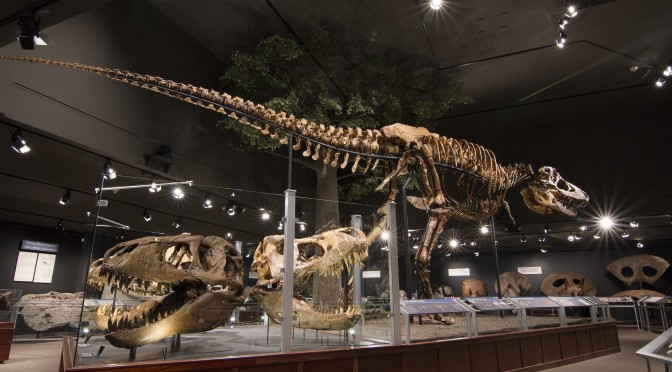



 Imagine rack upon rack of top-of-the-line brands, all at significant discount—at
Imagine rack upon rack of top-of-the-line brands, all at significant discount—at 
 For higher-quality items at prices well below retail, head out W. Main, just past 19th. The
For higher-quality items at prices well below retail, head out W. Main, just past 19th. The 